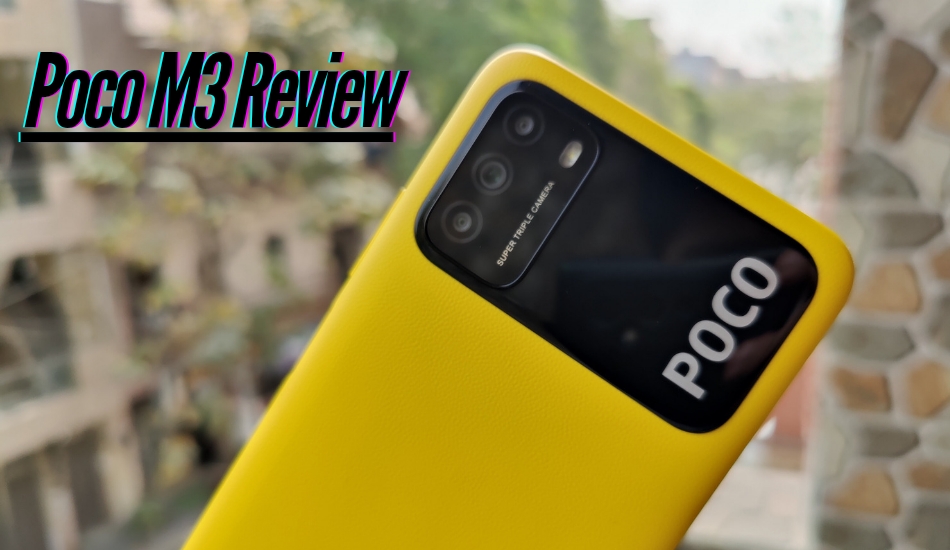Poco, similar to its parent company Xiaomi aims to provide a smartphone that is high on value but low on price. To fulfill this aim, Poco launched a new smartphone Poco M3 that is positioned in the budget segment in India at Rs 10,999 for the base variant.
This is the same variant we got for our review and we now have our opinions for this unique looking device. Let us help you make this decision to go for the Poco M3 or find a better smartphone in the price range.
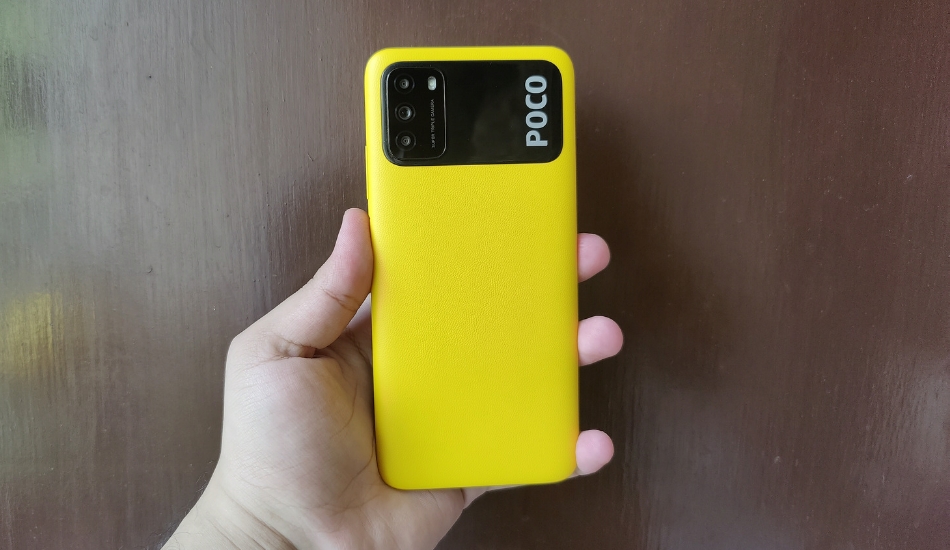
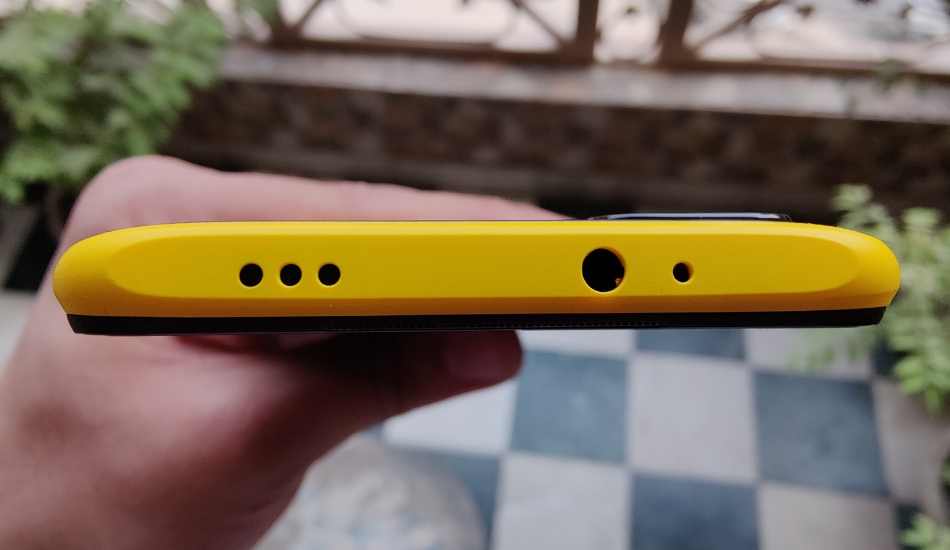
Let’s talk about the design of the Poco M3 first as we finally have a design that is distinct from other budget smartphones that have started to look somewhat similar in every way. At this price range, you can expect nothing but plastic for the build quality but the company has given a leather finish to the back which gives it a distinct look.
There is a fingerprint sensor on the right that also doubles as a power button. The recognition speed of the fingerprint was slower than I imagined and it takes a good second to unlock. This could have been a lot faster but it is what it is.
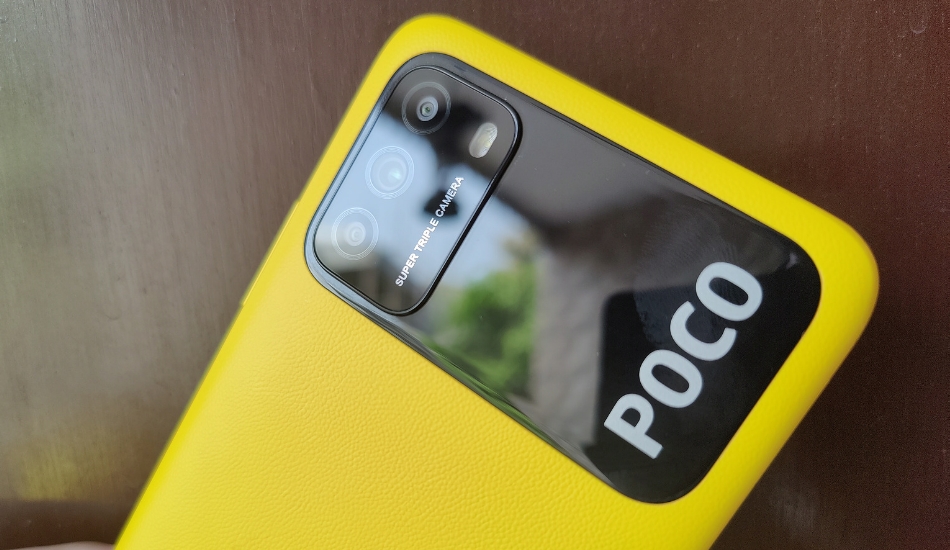
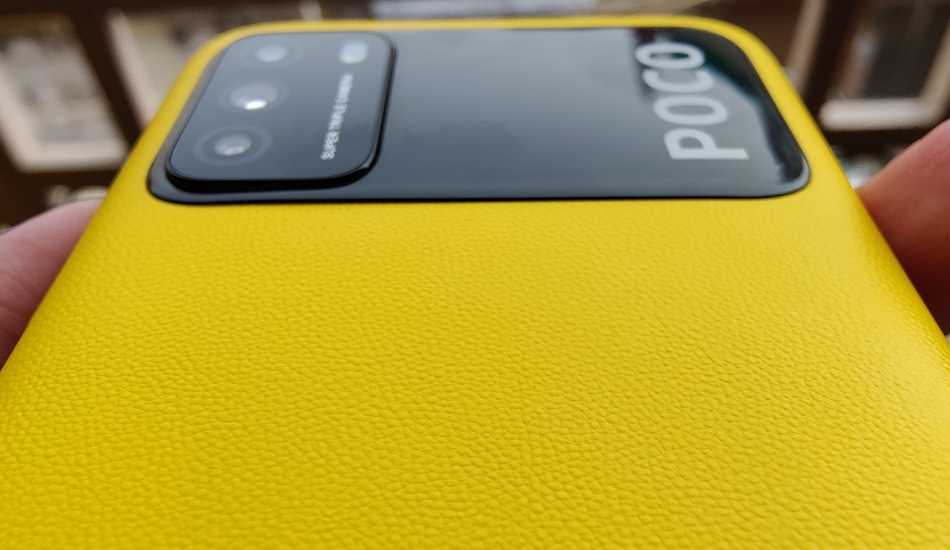
The POCO yellow colour we got for review is definitely an eye-catching colour for a smartphone. The yellow colour mixed with the black plastic (not glass) strip on the top rear part of the Poco M3, along with the huge Poco branding, makes it look like a premium smartphone.
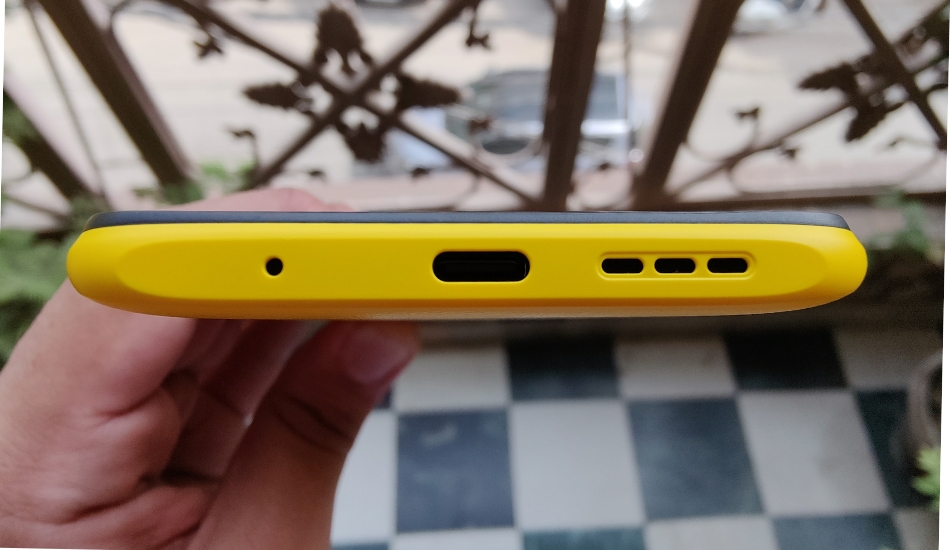
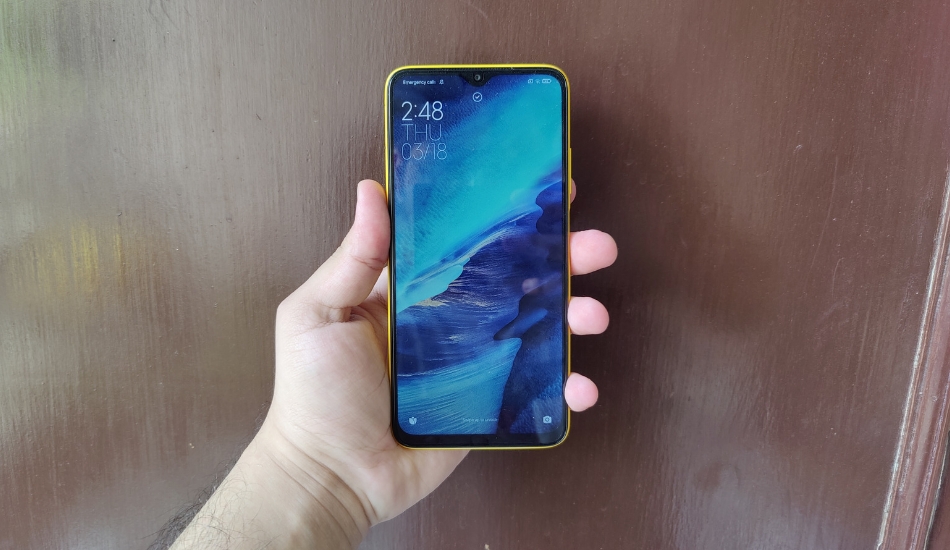
On the front, we have a 6.53-inch full HD+ (2340 × 1080 pixels) 19.5:9 LCD display with a 90.34 percent screen-to-body ratio. The display is also protected by Corning Gorilla Glass. There’s a water-drop style notch on the top, that houses the selfie cam.
There’s a 1080p display which is hard to find these days in this price range and the LCD panel does a good job with a good amount of brightness outdoors under direct sunlight and with the colours too. The viewing angles though weren’t as great as I could see the colours get dim even if I tilted the phone just a bit. But as far as sharpness, colours, and brightness is concerned, the Poco M3 did great under all these aspects.
Performance and Software
Performance is where the budget smartphones most likely start to lack the punch and the Poco M3 is kind of an exception here. The phone is powered by the 2.3GHz Octa-Core Qualcomm Snapdragon 662 coupled with up to 6GB RAM and up to 128GB storage. The memory is expandable up to 512GB via microSD card slot.
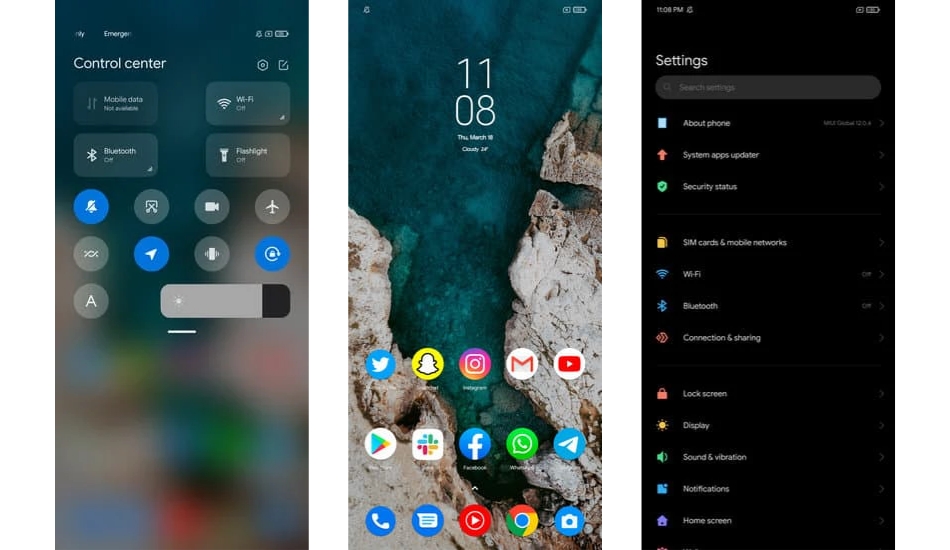
The variant we got had 64GB Internal Memory and 6 GB of RAM. During my usage, the smartphone did lag a bit in daily use and the software did take away all the fun when the Poco M3 started to stutter if I tried to quickly switch apps. Also, the phone runs on Android 10 which is a bit disappointing.
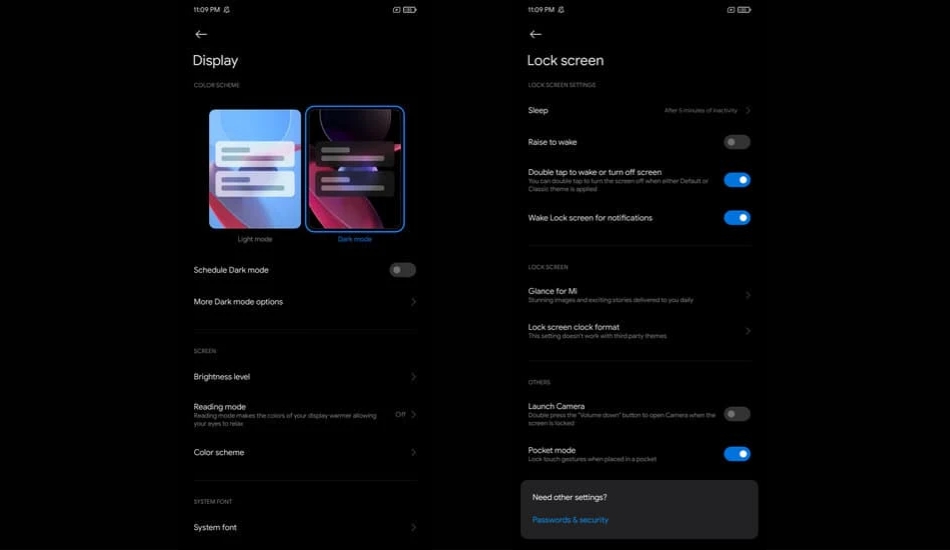
For further disappointment, the App launches got slower and I could even notice a lag in animations while closing or opening an app. I tried to format the smartphone once and even free up some of the storage to check if the results got better but had no luck.
As far as gaming is concerned, smartphone handled games such as Call Of Duty Mobile and Asphalt without any major issue and frame drops.
Haptics and Audio
The Haptics and Audio experience constitute a big chunk of the performance of a handset. The vibration motor on the Poco M3 is a regular rotatory one and it’s nothing unique than what’s found on other budget phones. The motor just rattles and there’s more sound to it than the vibration itself.
The vibration is strong though and will manage to get your attention. The audio experience is something that is also unique on the smartphone as it comes with Hi-Res Audio stereo speakers. The speakers on the Poco M3 actually sound great for a phone that is offered at this price.
Connectivity
The call quality was on-par and I could hear the other person clearly. On the receiving end, the person didn’t complain about any issues and could hear me loud and clear. The smartphone also supports Dual-Band Wi-Fi and while using a 5Ghz network, the phone could easily optimize the speed and there were no problems with the range as well.
One major issue I had was with Bluetooth connectivity. I connected the phone with my Enco M31 wireless earbuds but the phone wasn’t able to utilize the LDAC codec even though it supports it. Secondly, the sound often went blank in the earphones even though they were connected to the phone. Thirdly, I was even able to notice the sound often getting cut when I was putting the phone in my pocket which was quite a bummer because the range between the phone and the earphone was very less and it shouldn’t have displayed such issues.
Battery
This is where the Poco M3 shines with its huge 6000mAh battery that charges at 18 watts of charging speed. A battery this big can easily last you more than a day and Poco M3 is no exception.
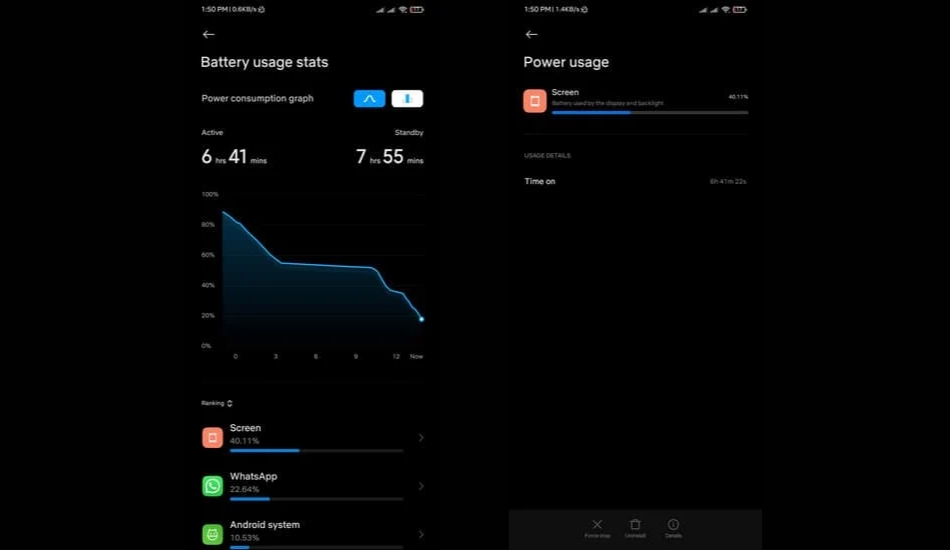
Even with heavy usage including browsing, streaming YouTube and Netflix, gaming, and many other tasks, the Poco M3 would easily last me more than a day with around 7 hours of Screen-on time. With light usage, this smartphone can easily last you 2 days without any issues.
The charging speed could have been a bit higher as it currently takes about 2.5 to 3 hours to charge the phone from 20 to 100 percent. But after charging it, you don’t need to worry about it for the rest of the day, or maybe even two.
Cameras
Poco M3 has a triple camera setup on the rear with a combination of 48-megapixel rear camera with f/1.79 aperture, a 2-megapixel Macro lens with f/2.4 Aperture and 2-megapixel depth sensor with f/2.4 aperture. For the front, there is an 8-megapixel camera for selfies with f/2.05 aperture.
Starting off with the camera app itself, the application is pretty much loaded with features including all the extra modes such as Pro mode where you can take manual control over the camera characteristics, tilt-shift mode where you can highlight a subject in a rectangular window and Blue out the background, and much more like this.
The app is easy to use with the primary modes taking the front seat as soon as you open the app. If you want to dive in deep, there are other modes that you can access by clicking on the 3 lines on the top right.
The camera setup is an unusual one as all of the Poco M3’s competitors are providing users with an ultra-wide angle sensor within their camera arrays and in my opinion, it is a much useful sensor than a depth or a macro one.
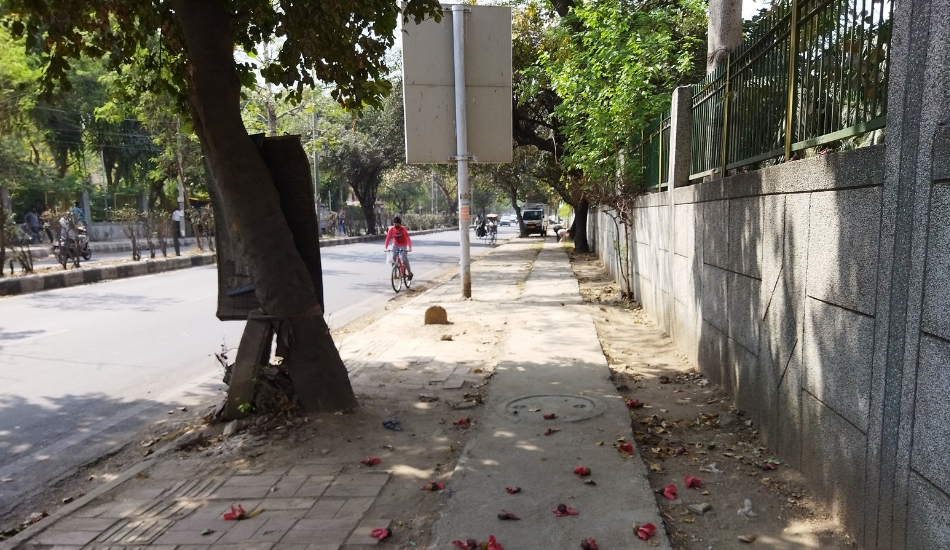
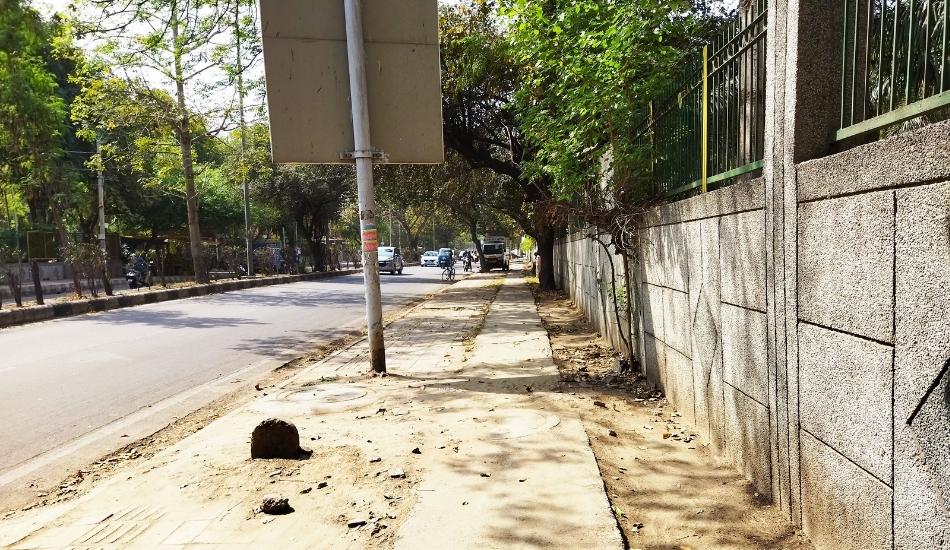
Talking about photography from the main sensor, the photos which the smartphone outputs are filled with accurate colours but the details seem to be lacking if you pixel peep. The dynamic range though is good enough. I did find the exposure to be a bit inconsistent at times.

For depth shots, the colours are even enhanced further which is a good thing and there’s even plenty of detail while clicking portrait shots, be it of a person or some object. The bokeh effect is also pretty nice and you can even take manual control by setting the aperture and changing what you want to focus. There’s also an AI Color enhancer that just saturates the colours even more so it looks better. But in my opinion, the over-saturation with the AI scene Enhancement just messes up the colours and you lose the natural feel.
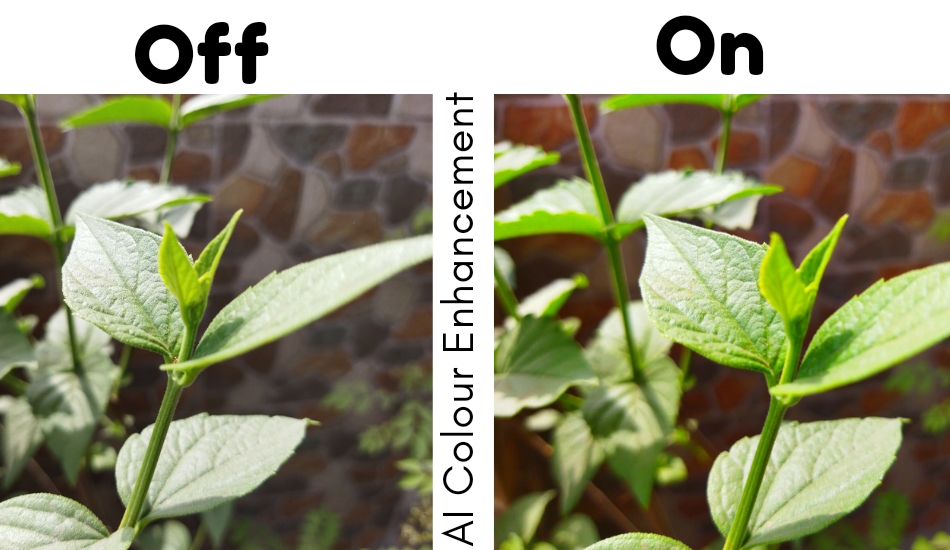

Coming to Macro photography, the photos lack in detail as well as colours. The colours look washed out and when zooming in, one can easily notice an oil-paint effect.
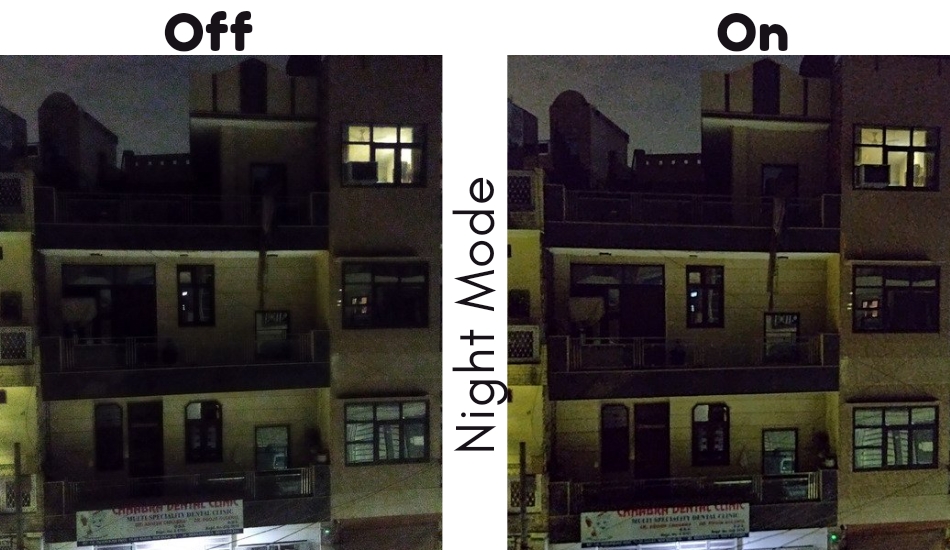
Night mode shots are something that you can’t expect to be on the bright side. The night shots are full of noise and come out to be grainy. The Night mode does increase the overall brightness but by a very small margin that ultimately fails to make a difference.
For the selfies, the pictures again lacked detail but looked okay with the colours. One thing to note is that the quality drastically drops when using the front camera for video calls or if using it any other third-party app. People often pointed out the low quality of the picture from the front camera when using the phone for video chats.


